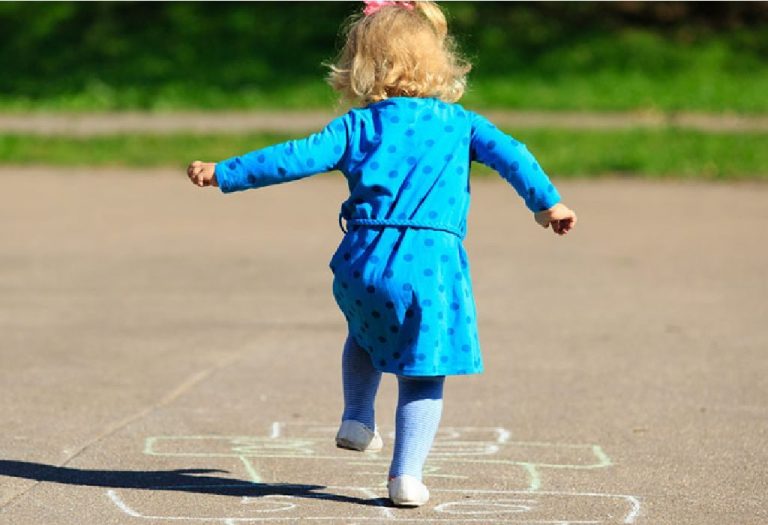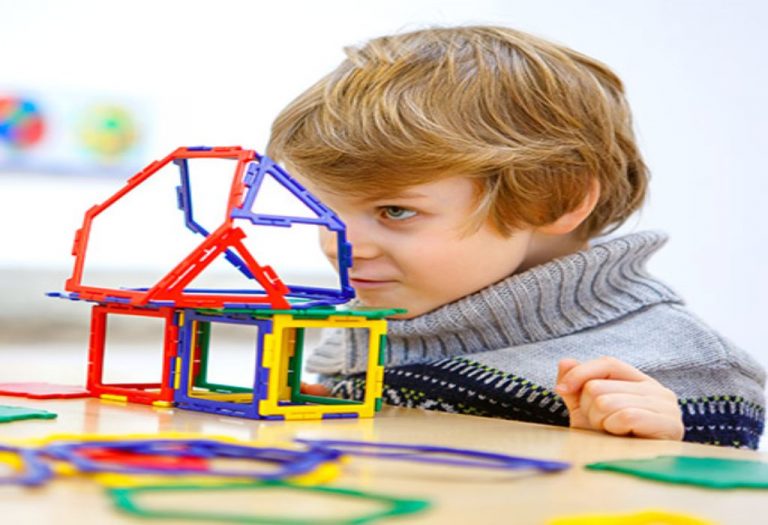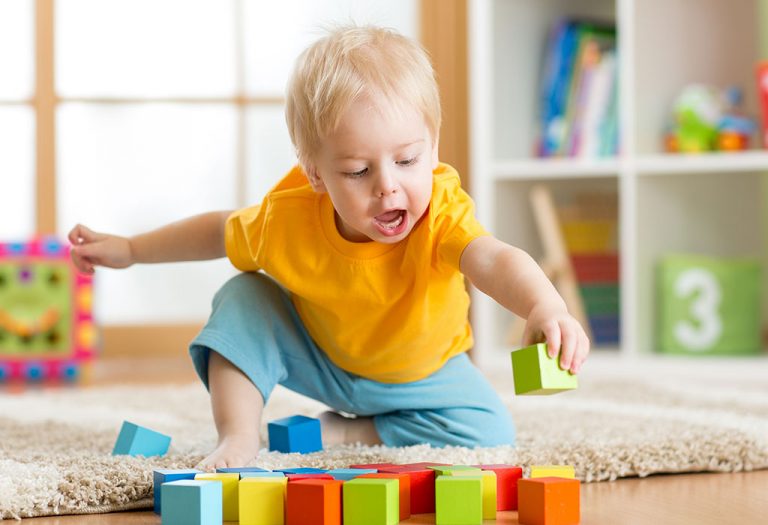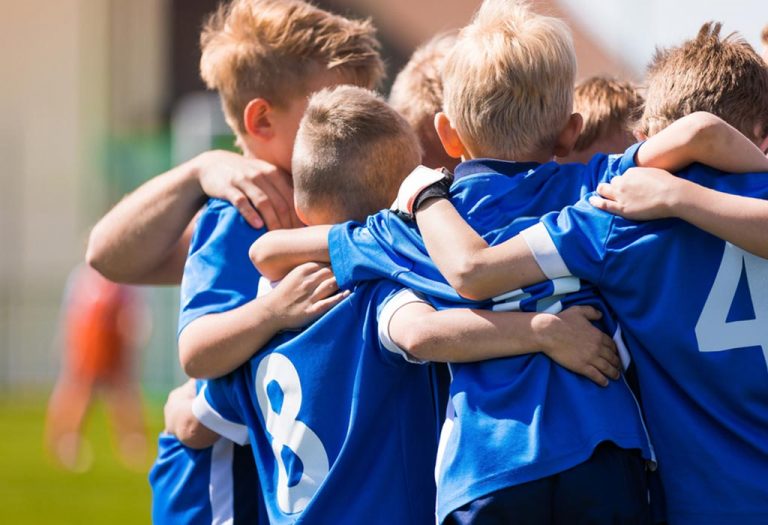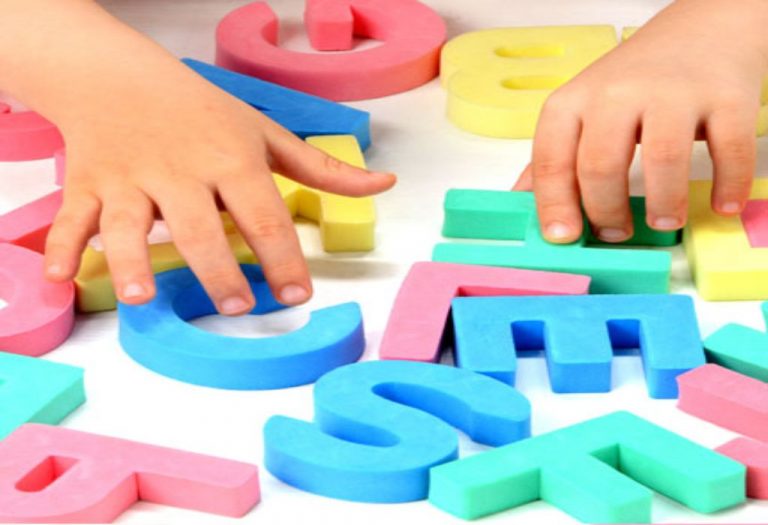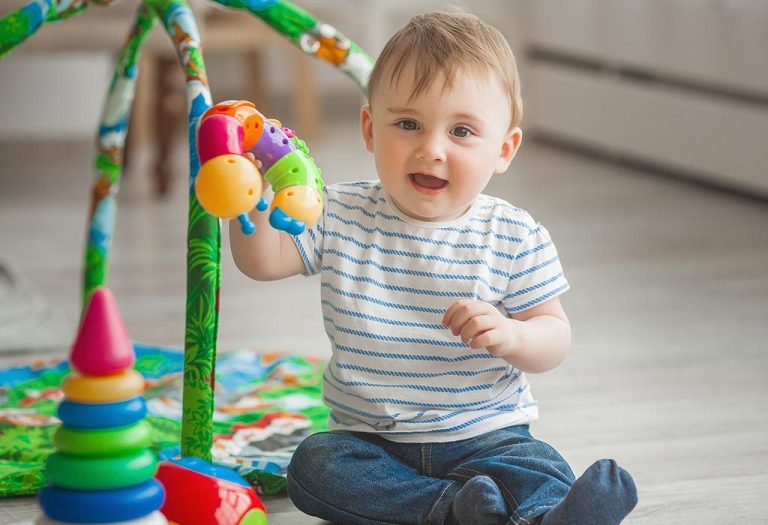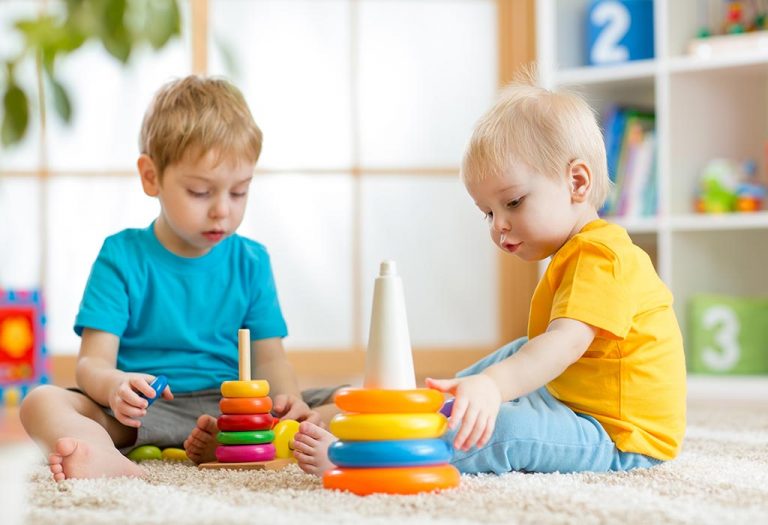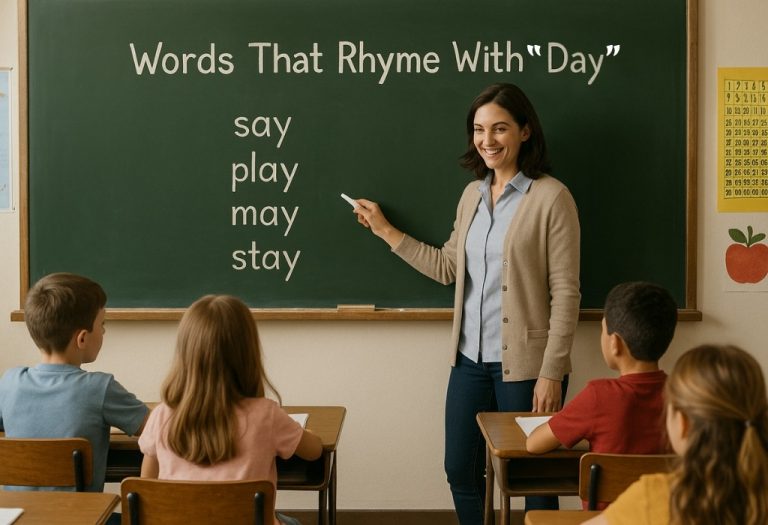Can Your Child Hop on One Leg Yet?
Toddlers are already a handful before they begin running around, but once they can walk, they are boundless sources of energy! Can your toddler hop on one leg yet? Learn about what it takes for your little preschooler to achieve this task and how you can help him!
Does your kid hop on just one leg? If yes, then you can say that your preschooler has good motor performance. Hopping on one leg is one of the important developmental skills that help your toddler develop good balance and ensure safe body management. Also, it is one of the parameters to gauge your preschooler’s motor performance. So, let’s have a look at all the important information about your kid’s ability to hop on one leg.
What Does Hopping on One Leg Involve?
Hopping on one leg is a key developmental milestone for young children, reflecting their balance, strength, and coordination. Understanding what hopping on one leg involves can provide insights into a child’s physical development and motor skills.
1. Timing and Rhythm
Hopping requires a sense of timing and rhythm, as children must synchronize their movements to achieve a smooth, continuous action. Practicing this skill helps them develop better timing and rhythmic abilities, which are crucial for other coordinated activities like dancing or playing sports.
2. Balance and Coordination
Balancing on one leg while hopping strengthens a child’s overall balance and coordination. This skill involves maintaining stability while in motion and requires the child to engage their core muscles and adjust their posture. Improved balance and coordination from hopping can support their development in various physical activities and daily tasks.
3. Leg Strength and Endurance
To hop on one leg, a child needs sufficient leg strength to lift and propel their body. This exercise builds endurance in the muscles of the legs and core, contributing to overall physical fitness. It also helps in developing the muscle groups necessary for other physical activities and sports.
4. Spatial Awareness
Hopping on one leg helps children develop spatial awareness, which is the ability to understand where their body is in space relative to their surroundings. As they hop, they learn to judge distances and make adjustments to their movements, which enhances their coordination and navigational skills.
When Can Your Child Hop on One Foot?
Your kid can develop motor skills and balance to hop on one foot between three to five years gradually. However, at the age of five, your child can hop on his one foot quickly and easily.
What Are Hopping on One Leg Learning Cues?
As your kid grows, you can see him trying new activities related to hopping on one leg. Some of the hopping on one leg learning cues you can notice in your kids involve:
- Balancing body on one leg.
- Seeking support of wall or cupboard to prevent falling while your kid balances his body on one leg.
- Swinging both arms backwards and tries to take off on one leg in the forward direction.
- Using toes to push while launching himself into a hop.
- Landing on the toes and then the ball of foot.
- Bending the knees in order to absorb the shock while landing.
What Are the Benefits of Hopping on One Foot?
Hopping on one foot is more than just a playful activity for children; it offers numerous developmental benefits that contribute to their overall physical and motor skills. Some of the benefits of hopping on one leg include:
1. Age-Appropriate Physical and Motor Development
Hopping on one foot aligns with the physical and motor development milestones typical for preschool-aged children. Mastering this skill often occurs between the ages of 3 and 5, demonstrating that a child is developing age-appropriate coordination and strength.
2. Advanced Sense of Balance
This activity helps enhance a child’s sense of balance. Hopping on one foot requires maintaining stability while in motion, which strengthens the vestibular system and improves the ability to stay upright and navigate the environment effectively.
3. Effective Coordination Between Brain and Muscles
Hopping on one foot promotes effective coordination between the brain and muscles. This skill involves integrating sensory information and motor responses, improving the child’s ability to control their movements and respond to changes in their environment.
4. Development of Good Body Control
Practicing hopping helps children develop better body control. They learn to regulate their movements, maintain posture, and make adjustments to stay balanced, which supports their ability to perform other physical tasks and activities.
5. Enhanced Core Strength
Balancing on one foot while hopping engages the core muscles, contributing to improved core strength. A strong core supports better posture, stability, and overall physical fitness, which is beneficial for various physical activities.
6. Improved Timing and Rhythm
Hopping on one foot requires a sense of timing and rhythm, helping children develop these crucial skills. Coordinating the lift and landing with a steady rhythm enhances their ability to perform other rhythmic and timed activities, such as dancing or playing sports.
7. Boosted Confidence and Self-Esteem
Successfully mastering hopping on one foot can boost a child’s confidence and self-esteem. As they improve their skill, they experience a sense of achievement, which positively impacts their attitude toward physical challenges and activities.
How Can You Help Your Child to Hop on One Leg?
Your child may not start hopping on one foot on his own, but you can encourage him to hop on one leg by guiding him properly. Here we list some steps that can help you guide your kid to hop on one leg.
1. Demonstrate the Skill
When teaching a child to hop on one foot, start by showing your child how to stand on one leg. Label this leg the “supportive leg” and demonstrate the action by hopping on one leg yourself. Let your child watch and then encourage them to imitate your movements.
2. Explain Foot Mechanics
Teach your child about the ball of their foot and how to use it to push off effectively. Show them how to push off with the ball of the supportive foot while lifting the other leg. This explanation helps them understand the mechanics of hopping.
3. Focus on Head and Eye Position
Instruct your child to keep their eyes focused in front of them and maintain a stable head position throughout the jump. This helps them stay balanced and reduces the likelihood of losing their balance during the hop.
4. Use Arm Movements
Encourage your child to bend their arms and swing them forward as they take off. This movement helps with balance and provides additional momentum for the hop, making the action smoother and more controlled.
5. Bend and Swing the Non-Supportive Leg
Ensure that the non-supportive leg is bent and swings in rhythm with the hopping motion. This coordinated leg movement supports better balance and rhythm, making the hopping action more fluid.
6. Ensure a Soft Landing
Teach your child to bend the supportive leg at the knee while landing. This helps absorb the impact and ensures a soft, controlled landing, reducing the risk of injury and enhancing stability.
7. Practice Regularly
Encourage your child to practice hopping on one leg regularly. Repetition helps them build strength, balance, and coordination over time, making the skill easier to master.
How Can You Help Your Child Master Hopping on One Leg?
Once your child learns the technique of hopping on one leg, you can guide him to master it by:
- Hop on one leg in one place using the right foot for five times and then left foot five times too.
- Hop on one leg in a straight line.
- Hop on one leg forward and then hop backwards.
- Hop on one leg quickly and then slowly.
Tips for Developing Hopping Skills in Your Child
Developing hopping skills in children is an essential part of their physical development, contributing to their coordination, balance, and strength. By incorporating a few targeted tips into their daily routine, you can help your child master this skill in a fun and engaging way.
- Incorporate Fun Games: Use hopscotch or hopping races to make practice enjoyable.
- Practice on Different Surfaces: Have your child hop on grass, carpet, or mats to improve balance.
- Strengthen Leg Muscles: Include leg-strengthening exercises like squats and jumps.
- Provide Positive Reinforcement: Praise and encourage your child to boost their confidence.
FAQs
1. What should I do if my child consistently favors one leg while hopping?
If your child consistently favors one leg while hopping, it could be a sign of uneven muscle strength or balance issues. Encourage them to practice hopping on both legs equally and consider integrating exercises that strengthen the weaker leg. If the issue persists, consult a pediatrician or a physical therapist for personalized guidance.
2. Can hopping on one leg be used to assess other developmental milestones?
Yes, hopping on one leg can be an indicator of several developmental milestones, such as overall motor coordination and balance. It reflects the child’s ability to integrate sensory and motor skills, which can be useful in evaluating their readiness for more complex physical activities. If there are concerns about their development, consulting with a child development specialist may be beneficial.
In conclusion, mastering the skill of hopping on one foot is crucial for child development, reflecting their balance, strength, and coordination. By incorporating fun games, practicing on various surfaces, and including leg-strengthening exercises, you can effectively support your child’s progress in this important motor milestone. Consistent practice and positive reinforcement will enhance their hopping abilities and overall physical skills. Understanding the significance of child development in hopping on one foot provides valuable insights into their growth and readiness for more complex physical activities.
References/Resources:
1. Jumping, Hopping and Skipping; NHS; https://www.buckshealthcare.nhs.uk/cyp/wp-content/uploads/sites/6/2021/08/Jumping-hopping-and-skipping.pdf
2. Gieysztor. E, Dawidziak. A, Kowal. M, Paprocka-Borowicz. M; Jumping Motor Skills in Typically Developing Preschool Children Assessed Using a Battery of Tests (Sensors); National Library of Medicine; https://www.ncbi.nlm.nih.gov/pmc/articles/PMC10893251/; February 2024
3. Fundamental Movement Skills | Active Kids Are Active Adolescents; University of Nevada, Reno Extension; https://extension.unr.edu/publication.aspx?PubID=2927
4. Movement and Coordination; American Academy of Pediatrics; https://www.healthychildren.org/English/ages-stages/toddler/Pages/Movement-and-Coordination.aspx
5. When children can hop on one leg: Motor development in children under 5 can now be tested reliably; University of Zurich; Science Daily; https://www.sciencedaily.com/releases/2013/02/130221084602.htm
6. Gross Motor Skills: Birth to 5 years; Children’s Hospital of Richmond at VCU; https://www.chrichmond.org/services/therapy-services/developmental-milestones/gross-motor-skills-birth-to-5-years
7. Milestone Moments; CDC; https://www.cdc.gov/ncbddd/actearly/pdf/parents_pdfs/milestonemomentseng508.pdf
Also Read:
Knee Pain in Children
Growing Pain (Leg Pain) in Kids
In-Toeing and Out-Toeing in Children
Smart Ideas To Teach Kids To Hop On One Leg
Was This Article Helpful?
Parenting is a huge responsibility, for you as a caregiver, but also for us as a parenting content platform. We understand that and take our responsibility of creating credible content seriously. FirstCry Parenting articles are written and published only after extensive research using factually sound references to deliver quality content that is accurate, validated by experts, and completely reliable. To understand how we go about creating content that is credible, read our editorial policy here.





